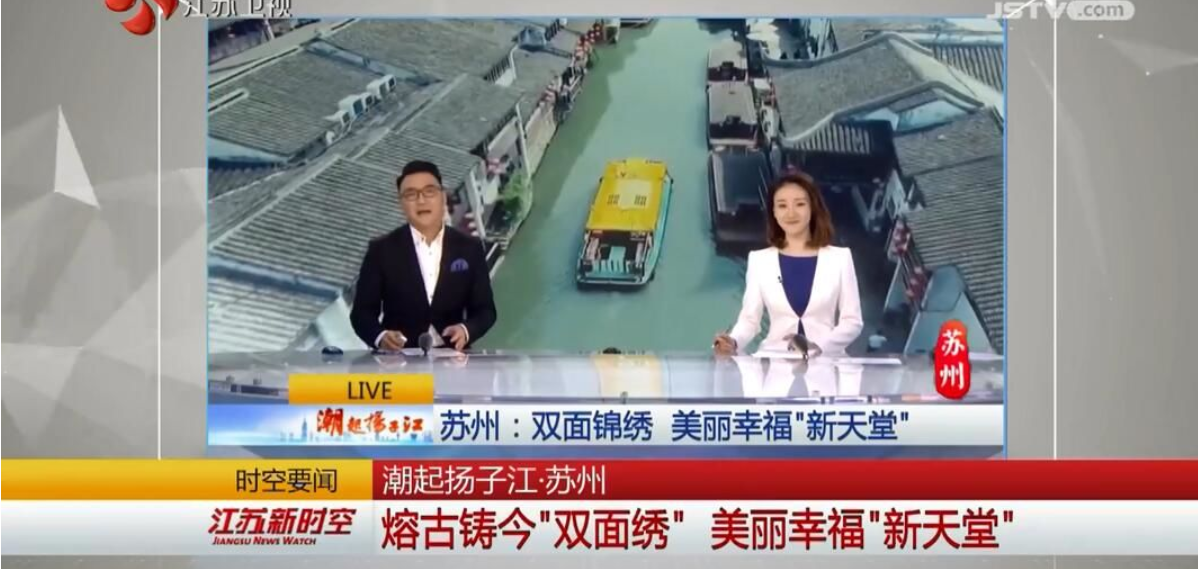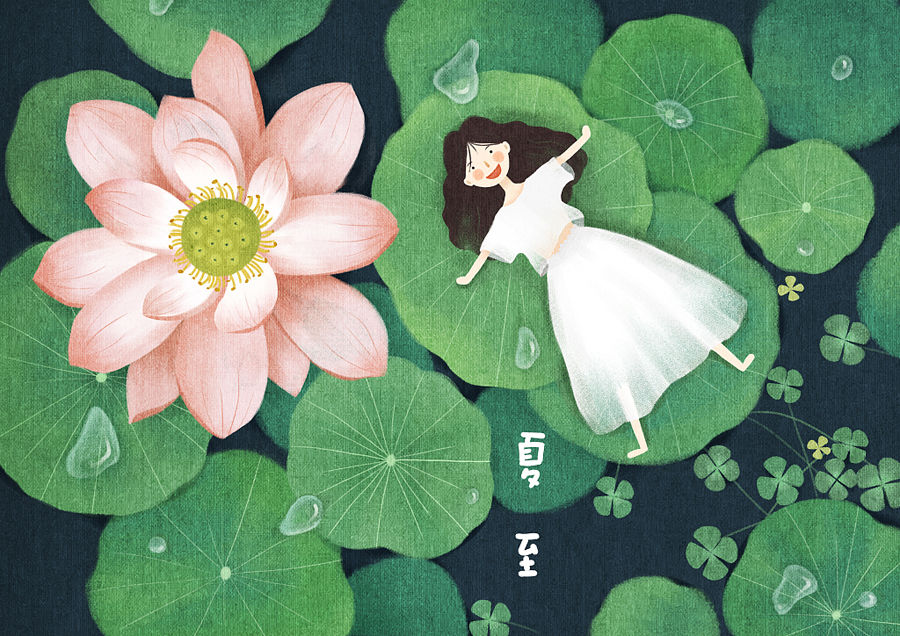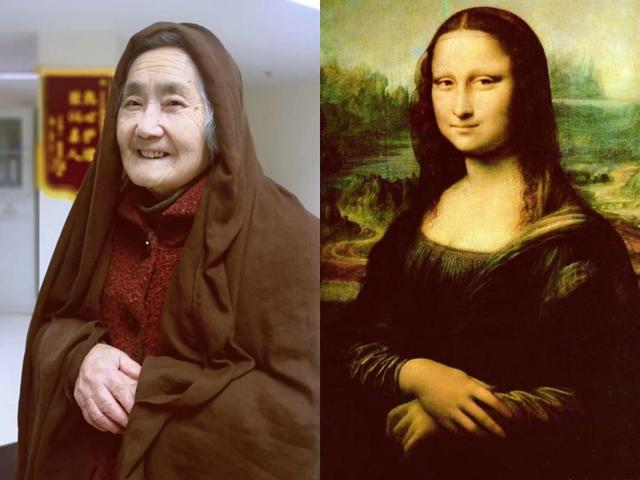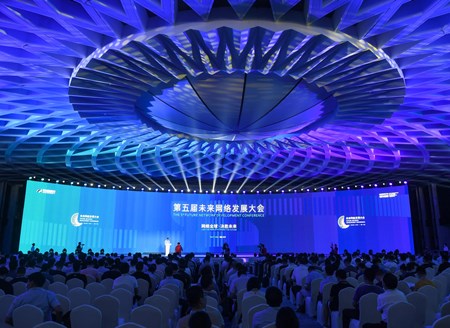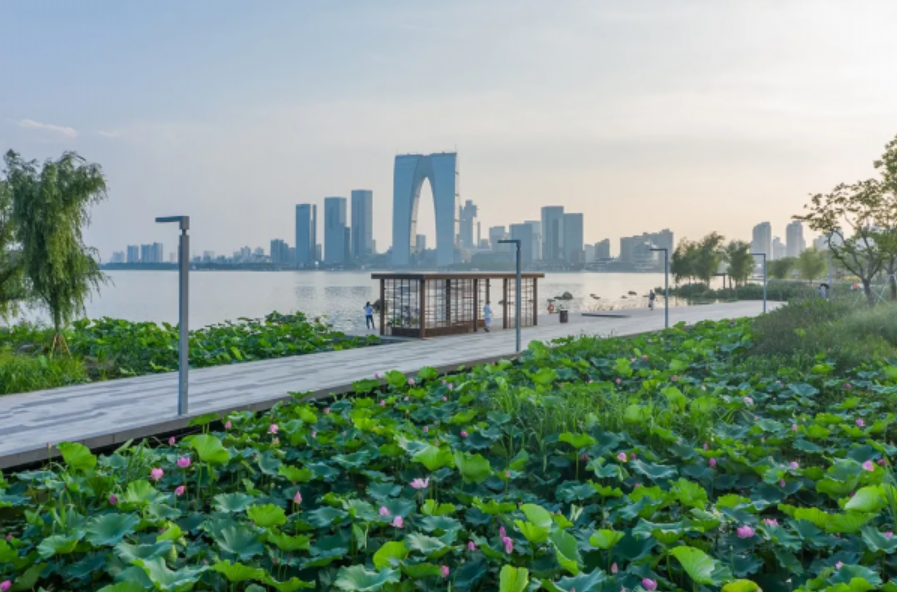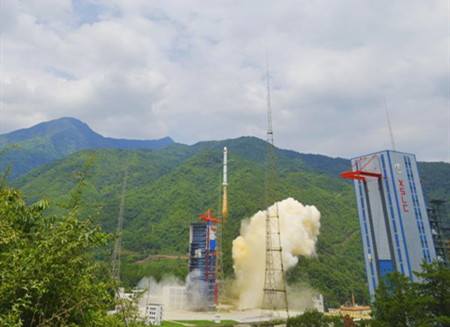In the tide of reform and opening up, Suzhou has developed from a beautiful city in the south of the Yangtze River to a modernized and international city. Since the 18th National Congress of the Communist Party of China, Suzhou has acted in accordance with its new blueprint to come up with the layout of modern economy on the basis of the exquisiteness of classical gardens, and realized the integration of the East and the West with the unique work of double-sided embroidery.
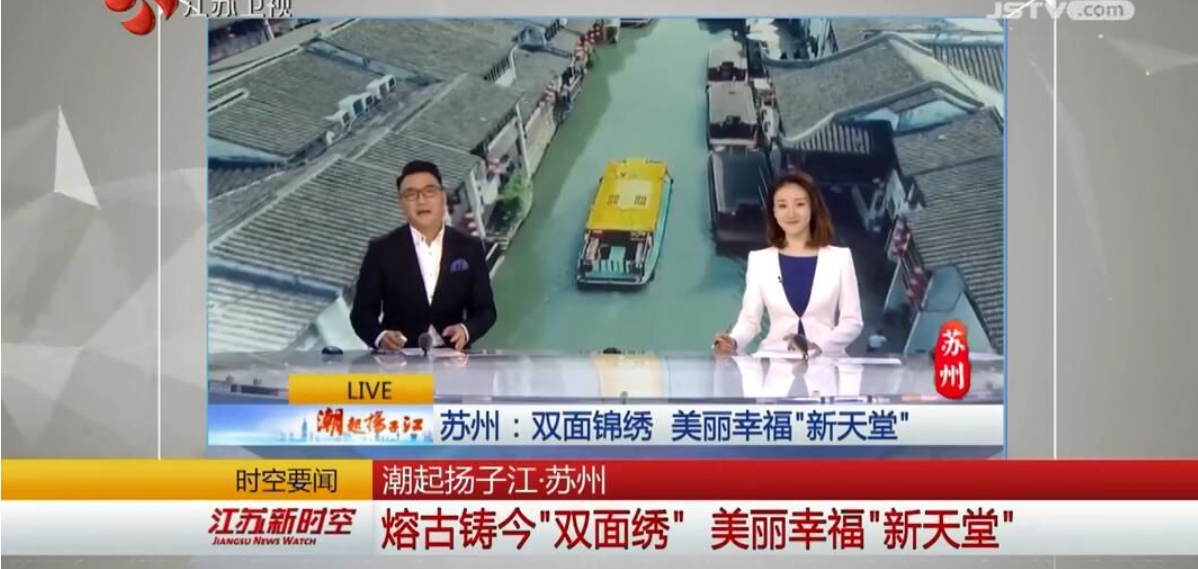
A silk thread can create a fashion trend in the hands of Suzhou’s embroidery masters. An industrial cable can lift the steel giant under the research and development of the Fortune 500 companies.
The classical gardens of Suzhou reflect the delicate layout to show the unique understanding of beauty by Suzhou people. The Suzhou Industrial Park, an urban garden, conveys the city’s open mind, attracting the gathering of investment from around the world.
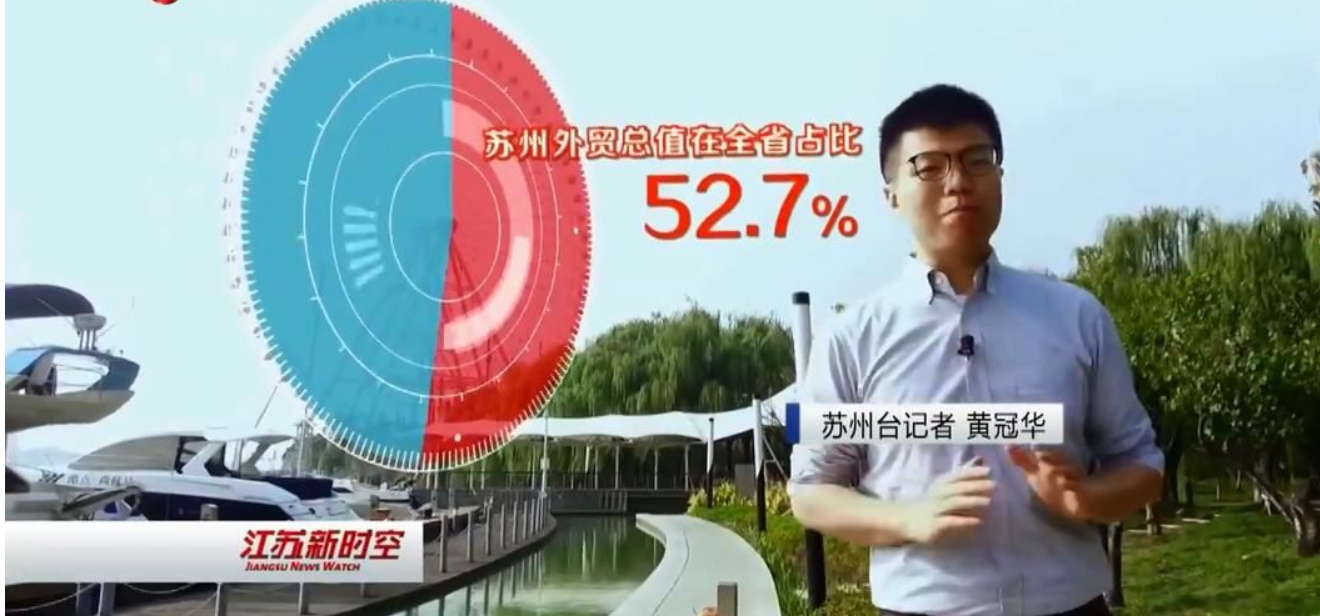
From the dimensions of the city of innovation, the city of openness and the city of charm, the news coverage tells the development and changes of Suzhou.
Today's Suzhou is a city with strong economic strength. Its comprehensive strength has ranked first in the national prefecture-level city for many years. It has become the second largest industrial city in the country after Shanghai. The four counties under its jurisdiction are ranked among the top ten of the country’s top 100 ranking.
Suzhou is also a city with coordinated urban and rural enrichment with an urbanization rate of over 75% and taking the lead in the country to achieve the integration of urban and rural pension, medical care and minimum living security for residents. Suzhou has deservedly become a vivid epitome of the successful practice of reform and opening up in Jiangsu and even China at large.
In 2017, the city’s GDP was 173.20 billion yuan, a 541-fold increase of that in 1978 when the country started the reform and opening up.
The city’s annual industrial output value reached 3.56 trilllion yuan, a 745-fold increase of that in 1978.
The per capita annual income of its urban residents hit 58,800 yuan, ranking the third in the country. The per capita annual income of the rural residents reached 30,000 yuan.
(Source:ourjiangsu.com)
